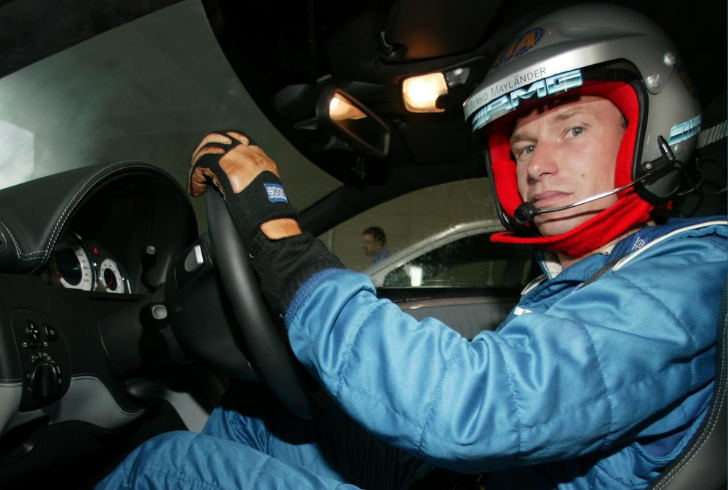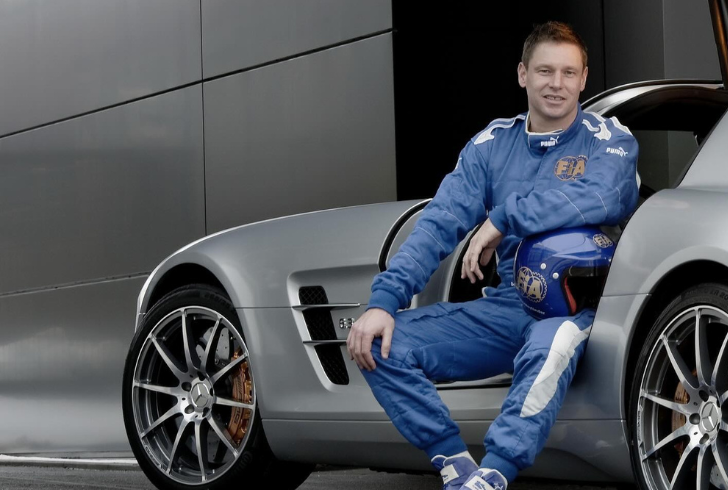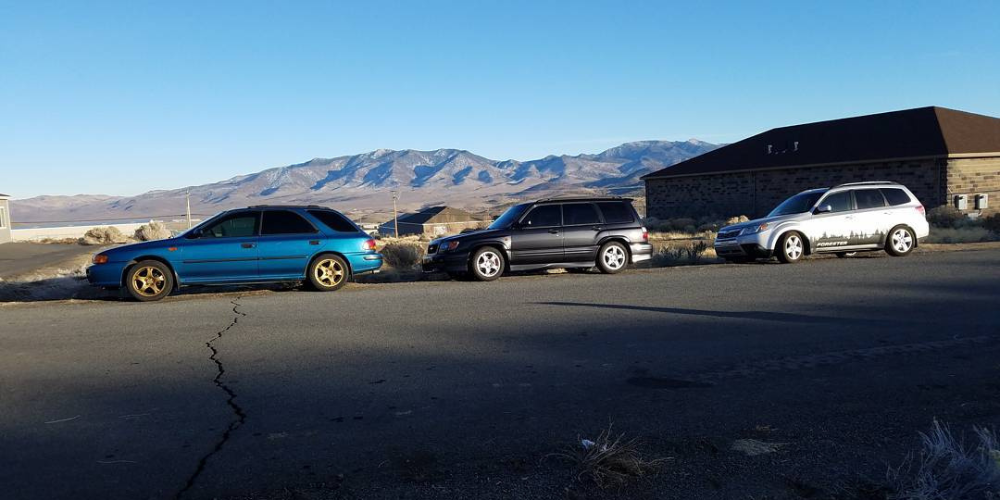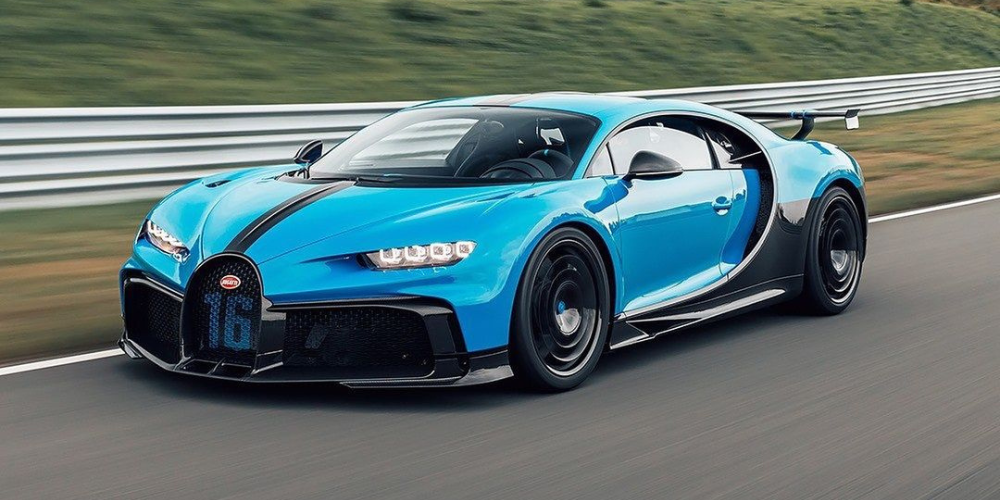In the fast-paced and thrilling world of Formula 1, a crucial figure operates quietly in the background, handling one of the most high-stakes jobs on the track - the F1 Safety Car driver. Since 2000, that role has belonged to German driver Bernd Mayländer. Behind the wheel of a powerful Mercedes F1 Safety Car, Bernd has been an enduring presence, ensuring the safety of drivers while maintaining the flow of each race. His story spans a remarkable 25 seasons, each marked by meticulous attention to detail and an unwavering commitment to driver safety.
A Legacy of Safety
In the year 2000, as Michael Schumacher battled against Mika Häkkinen, Bernd took his place in the Mercedes-Benz CL 55 AMG, kicking off his tenure as the F1 Safety Car driver. His role grew from a modest 16-race season to today’s expanded 24-race calendar, becoming his primary responsibility over time. His journey from driving German Touring Cars (DTM) to patrolling the F1 circuits highlights the passion and dedication that Bernd has for his work.

Instagram | mercedesamgf1 | Mayländer prefers races where the Safety Car isn't needed, indicating a safe and exciting competition.
Reflecting on his years as the F1 Safety Car driver, Bernd shares his perspective on his unique position: "The best races are the ones where I don't have to intervene. No Safety Car means the drivers are safe, and the race unfolds smoothly."
The Role of the F1 Safety Car
The Mercedes F1 Safety Car plays an essential role in managing race incidents without impacting the competitive nature of the sport. While there are no podiums or trophies for Safety Car drivers, Bernd understands that the job requires precise timing and measured responses. A successful Safety Car deployment requires balancing safety with minimal disruption to the race itself.
“There’s a task to do, and it’s critical to manage each incident safely,” Bernd remarks. “Drivers know the stakes—if their lead is compromised, it's only in the interest of safety. There’s respect for that aspect.”
Over the years, the demands on the Safety Car have evolved. Today, each deployment comes with comprehensive protocols and real-time data, allowing Bernd and his team to make split-second decisions that keep the race on course and ensure driver safety.
A Changing Role with Technology and Growth
Bernd’s experience with the Mercedes F1 Safety Car extends to nearly 500 races, giving him unique insight into how F1 technology has evolved. Over the years, the vehicle has been updated to include advanced communication systems, GPS tracking, and multiple screens for situational awareness.
"Back in 2000, we had a basic radio setup. Now, there’s so much more we can see and manage from the car,” he explains. “From GPS mapping to team radios, we’re constantly in sync with race control, equipped with information to act quickly and safely.”
The introduction of the Virtual Safety Car in 2015 also reduced the need for physical deployments, creating a smoother experience for races while keeping driver safety the top priority. This shift highlights the commitment to innovation, ensuring each element in the Safety Car aligns with F1’s standards for precision and speed.
Memorable Races and Intense Conditions
Over his career, Bernd has faced numerous challenging conditions, each requiring a steady hand and clear focus. Two races stand out in his memory for the intensity of their demands on the Safety Car: the 2007 Fuji Grand Prix and the 2011 Canadian Grand Prix.
During the 2007 Fuji race, heavy rain led to a long Safety Car deployment, with Bernd navigating the field through treacherous conditions for the opening 19 laps. Similarly, in Montreal in 2011, Bernd led six separate deployments, taking the lead for 29 laps in a 70-lap race. These moments underscore the responsibility he shoulders and the critical nature of his role during extreme conditions.
The Evolution of the Mercedes F1 Safety Car

Instagram | berndmaylaender | Mayländer's passion for F1 extends beyond driving; it includes being part of the Safety Car team.
Throughout his career, Bernd has witnessed remarkable engineering advances in the Mercedes F1 Safety Car. Starting with the Mercedes-Benz CL 55 AMG in 2000, he’s had the opportunity to drive some of the brand's most iconic models, each bringing unique capabilities to the role.
From the CLK 63 in the Black Series edition to the SLS AMG and today’s GT Black Series, each car has represented the pinnacle of Mercedes’ engineering, combining raw power with refined control. "Each new model feels like the ultimate until the next one arrives," Bernd notes with admiration. "The cars evolve, adapting to each season with new technology that makes our job even more precise and effective.”
Always Ready, Always Vigilant
The job of an F1 Safety Car driver requires unwavering vigilance. Even during quieter races, Bernd and his co-driver remain alert, helmets on, and radios tuned, ready to respond. His car is fitted with multiple screens, enabling him to monitor live feeds, GPS data, and communications. This constant readiness means that every moment on the track is carefully managed, ensuring the race can proceed as smoothly as possible.
Bernd’s role in the Mercedes F1 Safety Car exemplifies the balance between speed and safety. After 25 years and countless races, his dedication to the sport remains steadfast, a testament to the unseen precision that keeps F1 racing both thrilling and safe.
This commitment to safety continues to evolve, as does the Mercedes F1 Safety Car itself—forever adapting to the demands of modern racing.







